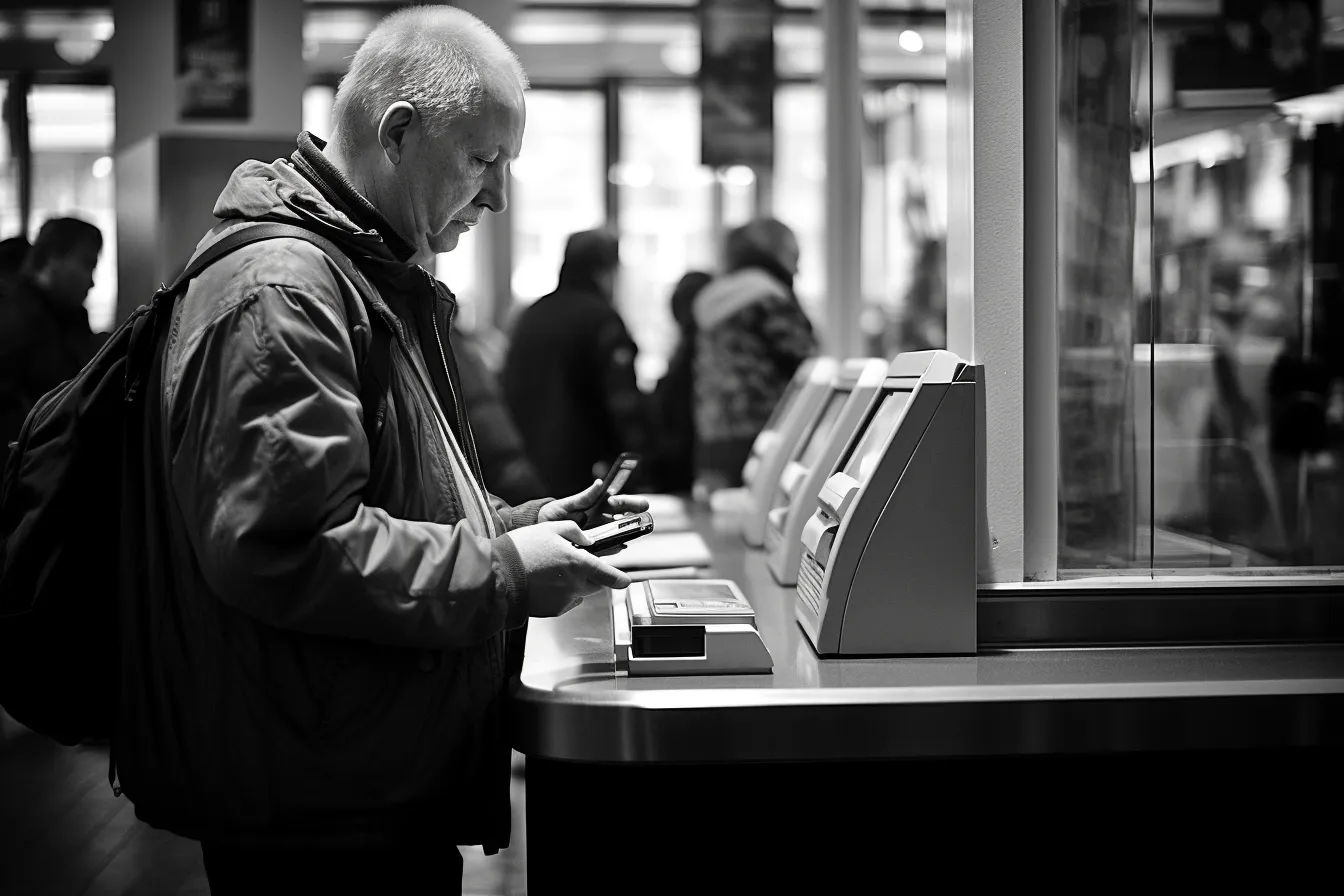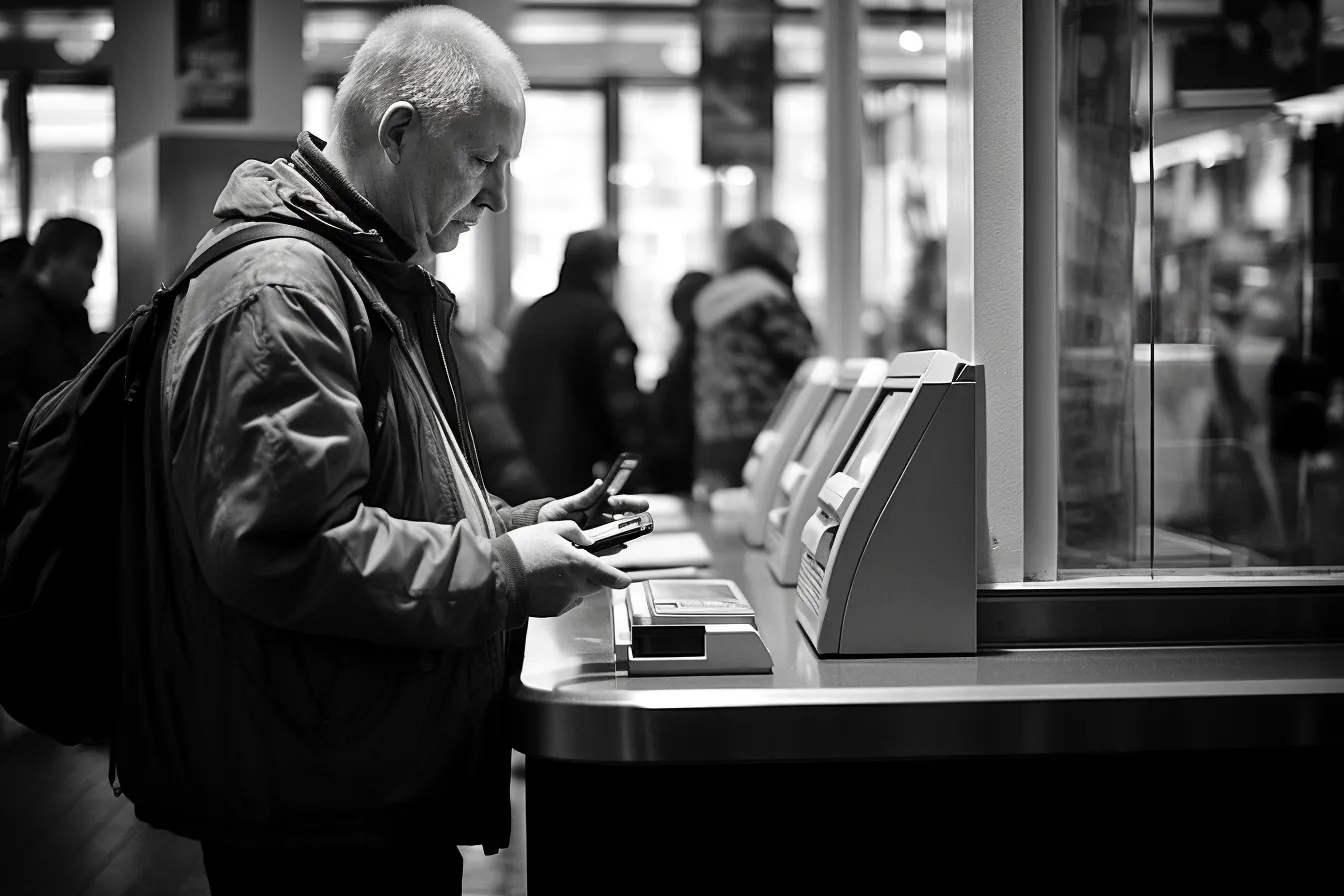Embracing Digital Wallets in Modern Banking
In this digital age, technology has revolutionized almost every aspect of our lives, including the way we handle money. Digital wallets, also known as e-wallets, have gained immense popularity not only among tech-savvy individuals but also in the banking industry. With the advent of smartphones and other electronic devices, it has become more convenient than ever to manage our finances on the go. This article explores the growth and implications of digital wallets in modern banking, highlighting their benefits, challenges, and the future they hold.
The Rise of Digital Wallets
As consumers increasingly rely on their smartphones for various tasks, it was only a matter of time before the concept of digital wallets took off. Digital wallets allow users to store multiple payment methods, such as credit cards, debit cards, and even rewards cards, in one secure and easily accessible app. This eliminates the need to carry physical cards or cash, enabling seamless transactions with just a few taps on a screen.
Moreover, digital wallets offer an added layer of security through encryption and tokenization technology, ensuring that sensitive financial information remains protected. This has instilled confidence among consumers, leading to their wider adoption in daily financial activities.
The Benefits of Digital Wallets for Banks and Consumers
For banks, embracing digital wallets presents a myriad of benefits. Firstly, it enables banks to leverage new technologies and streamline their operations. By integrating digital wallets into their systems, banks can simplify the payment process, reduce operational costs, and enhance customer experiences.
From a consumer’s perspective, digital wallets provide unparalleled convenience. Whether it’s making a purchase at a physical store, paying bills online, or transferring funds to friends and family, digital wallets offer a one-stop solution for all financial transactions. Moreover, by storing transaction history and receipts electronically, users can easily track and manage their expenses, promoting better financial management.
– Enhanced convenience (on-the-go transactions, easy access to payment methods)
– Improved security (encryption, tokenization)
– Streamlined operations for banks
– Better financial management through transaction history and receipts
Challenges and Concerns
Despite their many advantages, digital wallets also have their fair share of challenges and concerns to address. One significant issue is the fragmentation of the market, with multiple digital wallet providers vying for dominance. This can cause interoperability issues, leading to inconvenience for users who might need to switch between different apps for various merchants or platforms.
Security is another area of concern. While digital wallets incorporate robust security measures, no system is foolproof. Cybersecurity threats, such as hacking and data breaches, pose risks to both banks and their customers. It is crucial that banks continuously invest in robust security infrastructure and educate users about best practices to mitigate such risks.
The Future of Digital Wallets in Banking
Looking ahead, the future of digital wallets in banking appears promising. As technology continues to evolve, so too will the capabilities of digital wallets. We can expect more seamless integration of digital wallets across various platforms, making transactions even more effortless.
Furthermore, with the rise of cryptocurrencies and blockchain technology, digital wallets may play a vital role in facilitating these new forms of digital currency. As the demand for faster and more secure transactions grows, digital wallets are likely to adapt and evolve to meet these changing needs.
To embrace digital wallets fully, banks and consumers must work together to address any challenges and concerns that arise. By staying informed about the latest developments, leveraging industry best practices, and prioritizing security, both parties can confidently transition to a more digitized and convenient future of banking.







